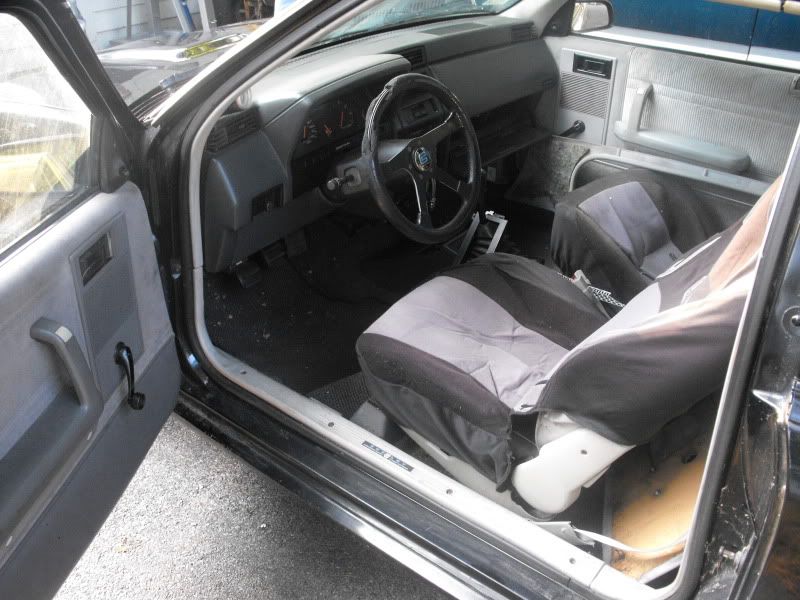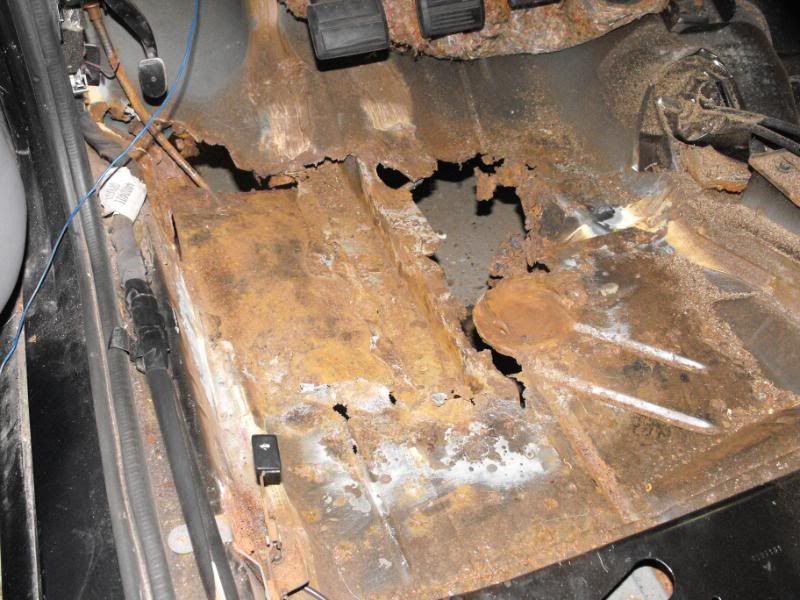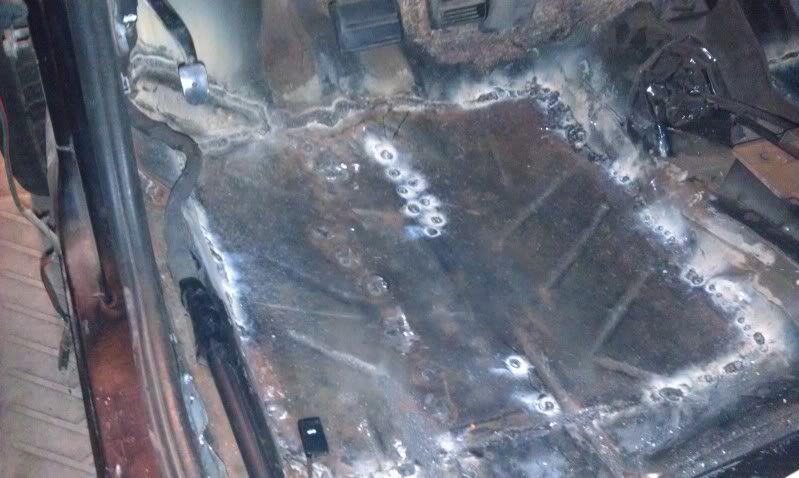I loved my L-bodies. Such a light and nimble feeling car compared to the larger Daytona's and Shadows, etc. The SC isn't as fun to autocross due to the longer nose, but it works just as well as any other FWD car and suspension setup, etc. are all well documented around the web.
Biggest issue with leaks and rust, is the cowl seams leak due to the sealer drying up and failing in combination with chassis flex. Check along the base of the windshield under the hood where the wiper motor goes for cracked sealer, if its cracked and hasn't been patched expect to repair that and any rust that might have occured. the floors themselves have seam sealer just behind the pedals where the two panels join together and is another place for leaks and rust to form. Of course any sort of salt in the air or on the ground will just aggravate the issues.
Inner fender wells/strut towers liked to pull away from the frame rails on early cars due to poor spot welding. Later cars that have been driven hard can have the same issue. K-frame's are notoriously flexible due to being made up of a bunch of poorly welded steel. Control arm pivots are poorly designed and contribute to suspension binding and generating random spring rates in the front end.
Front swaybars are more like torsion bars as they bind so badly that they cause all sorts of bad handling (and flexes the crap out of the K-frame and chassis in the process).
Both K-frame and sway bar issues can be fixed with some effort cutting and welding a later K-car frame with the dual pivot style arms and replacing the sway bar with a custom solution that moves the bar away from the K-frame and arms. Look around the local salvage yards for 924/944 front bars as they can be easily adapted to mount to the frame rails and with longer sway bar links won't bind up and you can get them in different diameters to tailor the rate to your liking. Or look at circle track universal bars, they can be found for reasonable money at swap meets and the like.
Decent shocks are hard to come by, Rabbit/Golf struts can be adapted with some work, unless you have some K-car struts then those are a little easier to adapt with the matching uprights and proper axle lengths.
Front core support has failed on some due to bad motor mounts and hard launches. While you're checking/welding the inner fenderwells, throw some welds at the front corners where the core support joins the frame spars and use polyurethane motor mounts to reduce the back/forth motion that causes stress failures.
A525 transaxle is seriously weak and will fail eventually with hard driving. I prefer the shifter linkage setup to the later transaxle's cable solution (once the plastic joints are replaced with proper heim joints that is.) but thats a personal preference thing. Either way, plan on putting a stronger transaxle in, lots of info online on how to do that. On my GLH-T, we swapped it over to an A-520 and I built our own mounts to use the stock rear transaxle mount and run slightly modified stock linkage, there's a kit available online now to do just that which is handy.
Electrical problems abound on L-bodies, gauges like to fail due to bad soldering on the boards, wiring under the hood fails due to the extra heat from the turbo motors in smaller engine bays, they were cheap cars to begin with, etc. Not insurmountable, but certainly something to be aware of.
Due to the tiny nature of the engine bay, I would highly recommend an oil cooler for the cars along with the coolant bypass mod (run a 1/4" line from the top of the water pump to the freeze plug on the end of the head, helps keep number four cooler and you'll pick up some power since the ECU won't have to add more fuel to those cylinders to compensate).
Good luck with it and show us all pictures so we can live vicariously through you!































